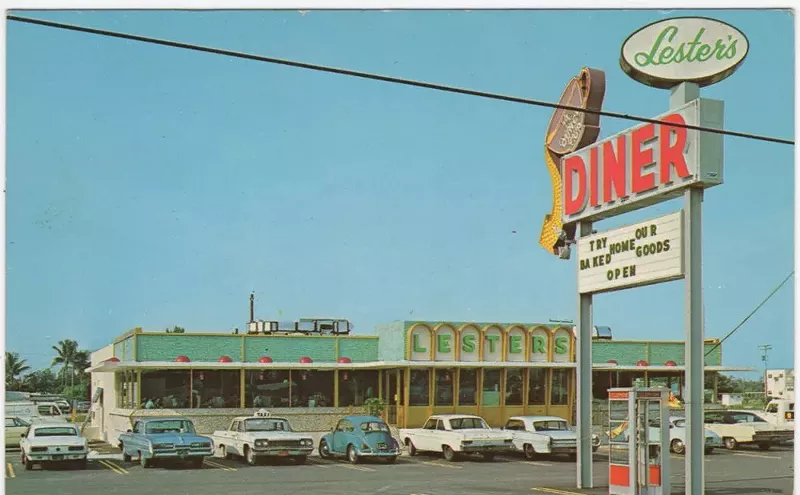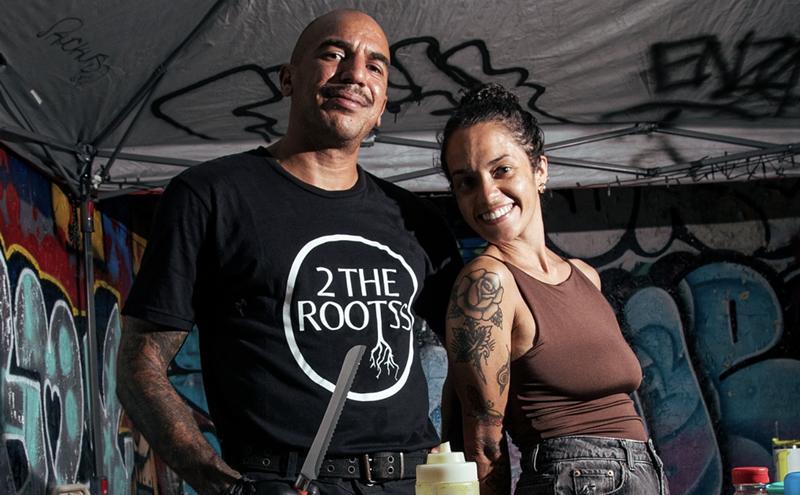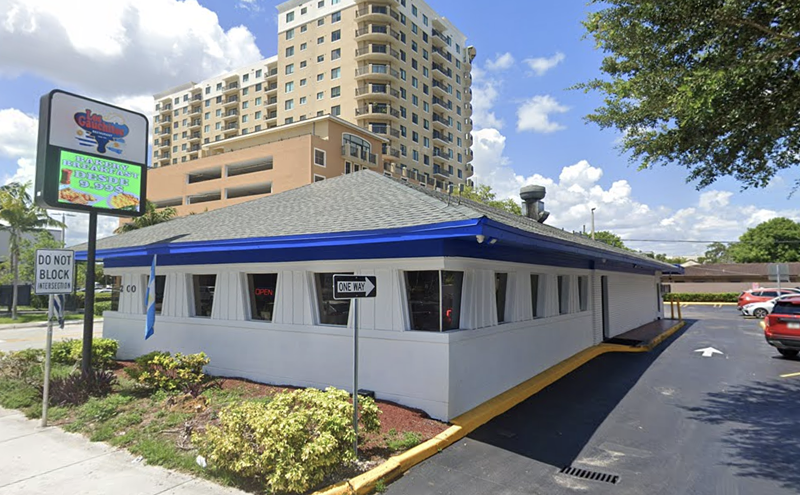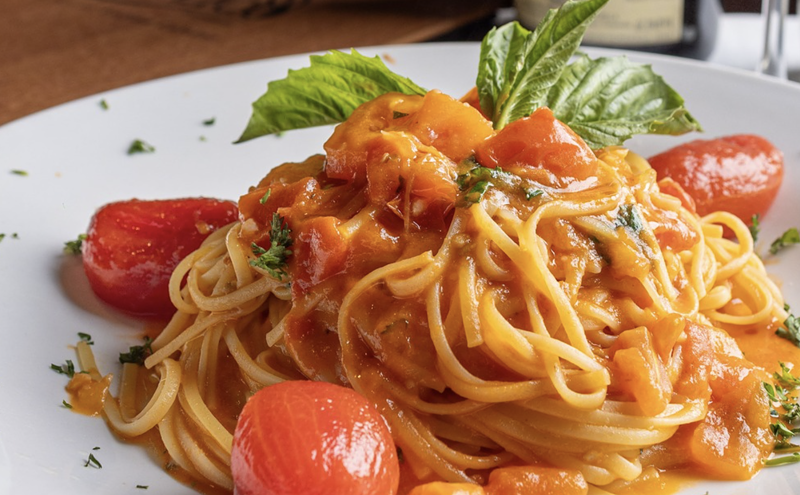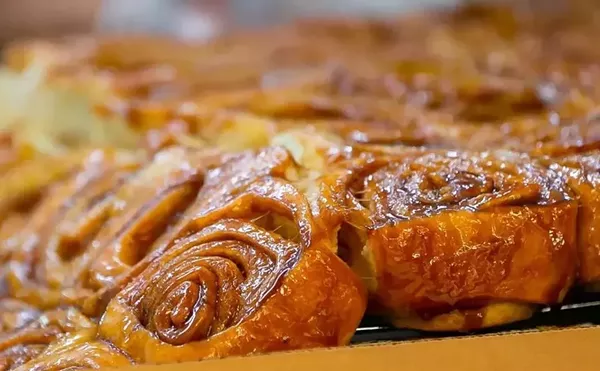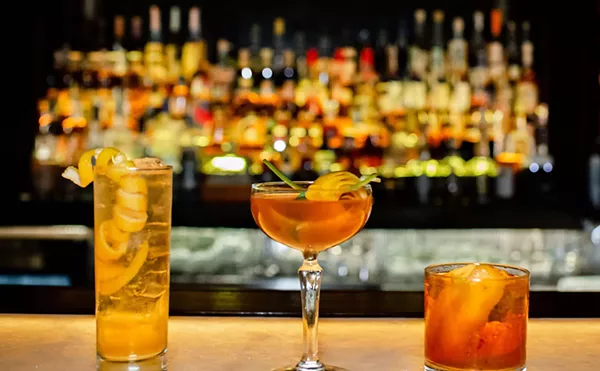It's another scorcher of an afternoon in Miami. The sun beats down as I meet Grace Della and Mirka Harris from Miami Culinary Tours.
I'll be taking their Saturday-afternoon tour of Little Havana, and although I've lived in Miami for almost a decade, I know there's much I need to learn about this neighborhood located less than ten minutes from my home.
Grace Della, founder of Miami Culinary Tours, leads the group and explains that not only will we make six stops to taste the food of Little Havana, but also we'll explore some galleries and learn about the history and culture.
We step inside Augustino Gainza Gallery, where the artist shows us a sketch of one of the women he draws. Another art stop takes us to Molina Gallery, where artist Molina Della paints Santería saints and African goddesses in vibrant colors. This is the first but not the last Santería reference on the tour, marking the fact that this Caribbean-based hybrid of Catholicism and the African Yoruba religion is alive and well.
wasn't spicy and resembled the little wieners that you fish out of a church potluck casserole. After a brief pep talk about Little Havana (it's safe in the daytime, our guide Grace assures us), it's on to the next stop.
of the roller. Then it's time for some more food.
El Pub is owned by 85-year-old Heliodoro Coro, who came to the U.S. from Cuba by
way of Spain. Apparently he did well for himself, because it's noted that he owns not only the restaurant but also the entire block. We're served some more wine (an Argentine Malbec), a plantain omelet, and a cup of black bean soup. Grace informs us that in the '40s and '50s,
Little Havana was known as Shenandoah, populated mostly by Orthodox Jews.
adhered to is the age one, because there is clearly money exchanging hands and a few of the seniors look drunk (but it could be the combination of heat and excitement). A tour bus drops off some visitors, who take photos of the players. I'm never sure in these situations whether it's appropriate to take pictures of strangers involved in their day-to-day activities.
The& tour begins moving faster as the group is walked through several restaurants, all the while being handed a bite of Cuban sandwich here, a piece of pastelito there.
Then it's on to Los Pinareños Frutería for a hit of guarapo (sugar cane) juice before getting to the statues and memorials that line 13th Avenue just south of Calle Ocho.
Our last stop is at El Cristo restaurant for some flan before the tour ends. Strangely, we never get a chance to sample some café cubano, which is what most tourists think of when they think of a trip to Little Havana.
All in all, the tour, which costs $59, is geared mostly toward tourists. Though I had an enjoyable few hours and liked the history, the food wasn't anything that even the most unadventuresome Miami dweller hasn't had before.
That being said, I love a good tour, and Grace and Milka ran the afternoon smoothly. If you're
hungry for Cuban history as well as food, you'd do well to spend the day with Miami Culinary Tours.
Follow Short Order on Facebook and Twitter @Short_Order.



